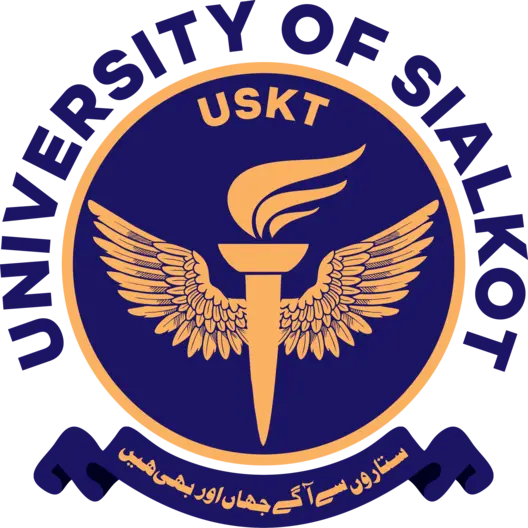This study aims to examine the efficiency of Pakistani insurance companies that engaged in Takaful and those that engaged in regular insurance between 2006 and 2010. Evaluating technical, allocative, and cost-effectiveness is done using the Data Envelopment method. Due to the high level of allocative inefficiency, the results show that the insurance sector is inefficient. But when it comes to technical efficiency, there are rising tendencies. Results also demonstrate that Takaful businesses outperform more conventional insurance providers. The Malmquist productivity index clearly indicates that scale efficiency has greatly increased. However, we do not discover that technological advancements substantially boost total output. Particularly for Takaful companies, the research suggests that Pakistan's insurance industry give more creative and diverse coverage.
KEYWORDS: Insurance, DAE Model, Efficiency, Takaful Insurance, Conventional Insurance

